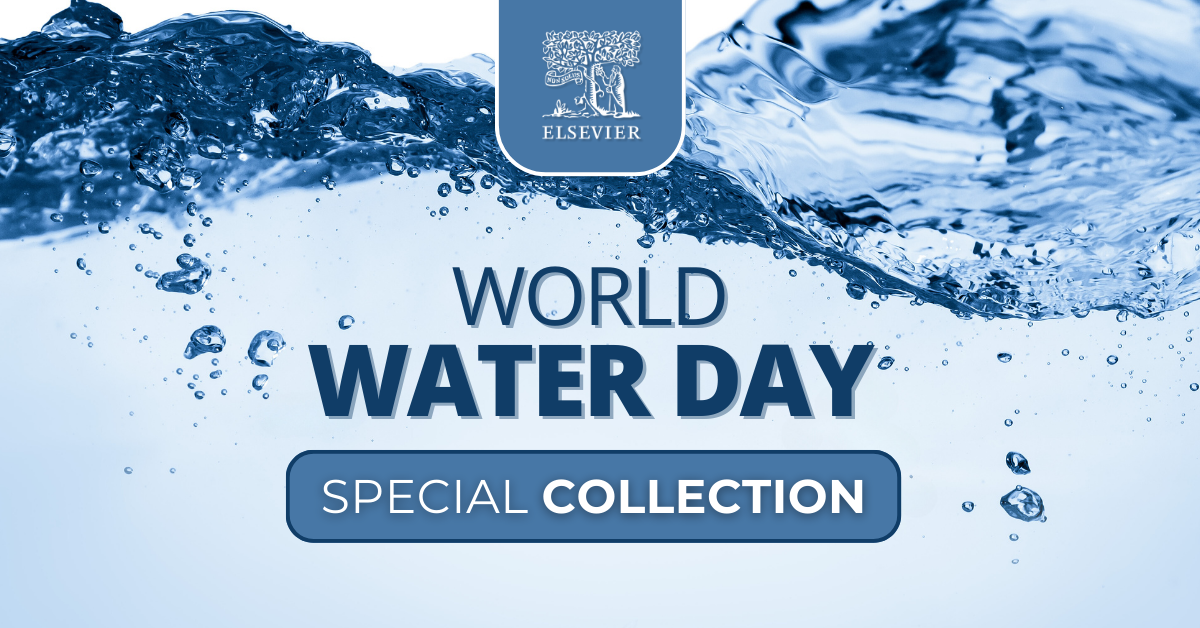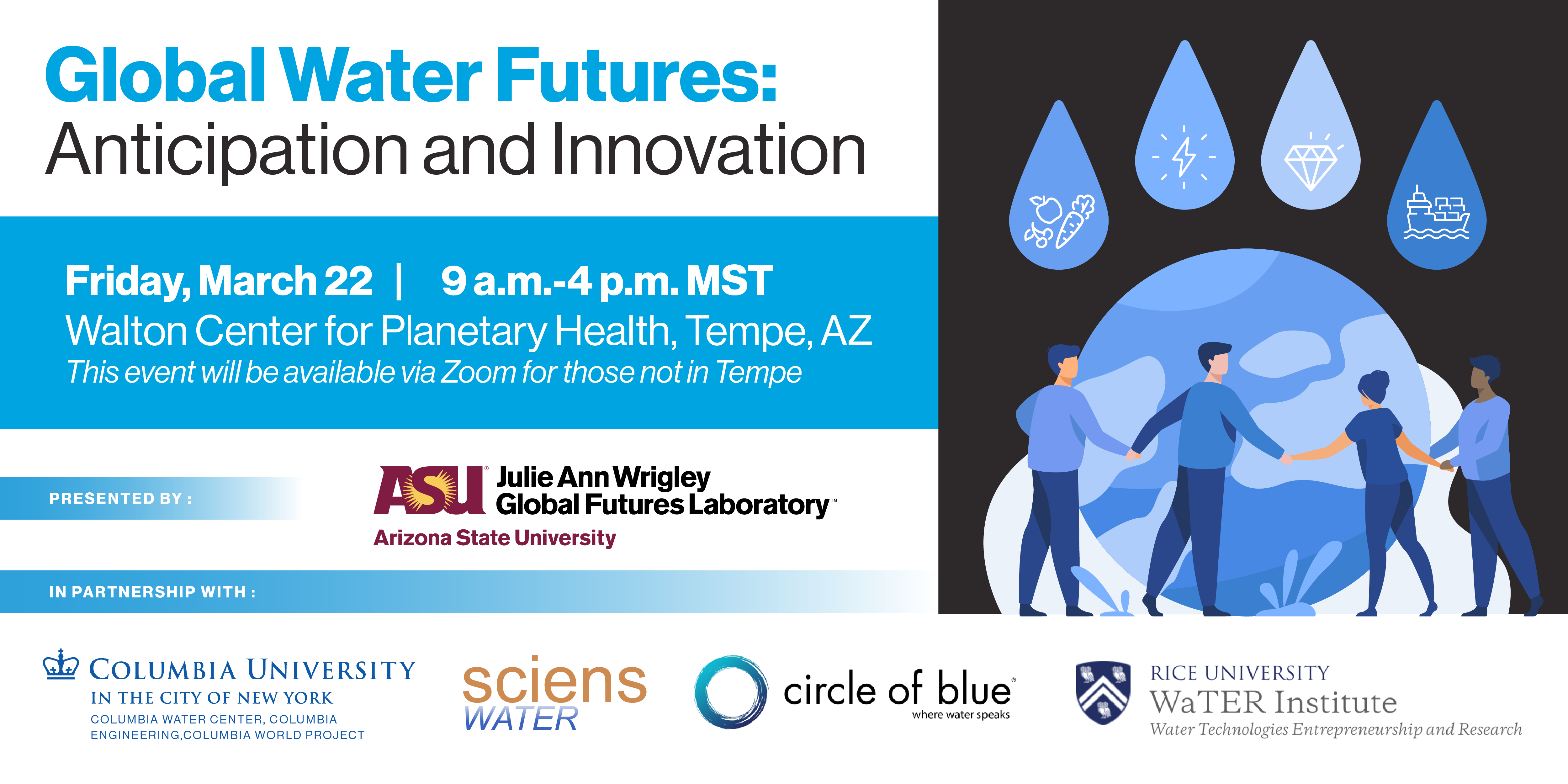2024's World Patient Safety Day: An International Appeal for Safer Healthcare
Celebrated on September 17 every year, World Patient Safety Day is a major international occasion aimed at improving patient safety and lowering avoidable medical errors. Patients, healthcare professionals, legislators, and international organizations come together on this day to promote safer healthcare practices across the globe.
Sources and International Acknowledgment
Join Us in the Fight Against Drowning on World Drowning Prevention Day 2025!
The yearly observance of World Drowning Prevention Day on July 25th serves as a worldwide rallying cry to end the horrific toll that drowning takes. Today, we must not forget the need to combat one of the top causes of accidental death on a global scale. The United Nations General Assembly endorsed Resolution A/RES/75/273, "Global drowning prevention," in April 2021.
Prompt Action to Avoid Drowning
Every year, World Water Day raises awareness and inspires action to tackle the water and sanitation crisis. To mark World Water Day 2024, Elsevier has curated a free special collection of journal articles and book chapters. This year’s theme for World Water Day is Water for Peace. Discover research relating to clean water and sanitation from across a broad range of disciplines including the effects of racism, social exclusion, and discrimination on achieving universal safe water and sanitation in high-income countries and challenges faced by developing economics to mitigate the impacts o
Water is essential for life and producing food, energy, minerals, and industrial goods. As planetary populations grow and a changing climate triggers floods, droughts, and other environmental extremes, access to clean water sources becomes increasingly competitive. Inadequate infrastructures, poor resource allocation, and outdated ecological restoration principles compound an already prescient problem.




